In the fast-paced world of kitchen innovation, it’s easy to get swept up in the latest trends and must-have gadgets. But not every tool that promises to save time or revolutionize your cooking routine lives up to the hype. As we look ahead to 2025, some of the flashiest kitchen devices are already showing signs of being more clutter than convenience. Before you invest in another trendy appliance or space-hogging tool, take a look at these 13 kitchen gadgets you’re likely to regret buying—and save yourself the money, storage space, and buyer’s remorse.
1. Air Fryer
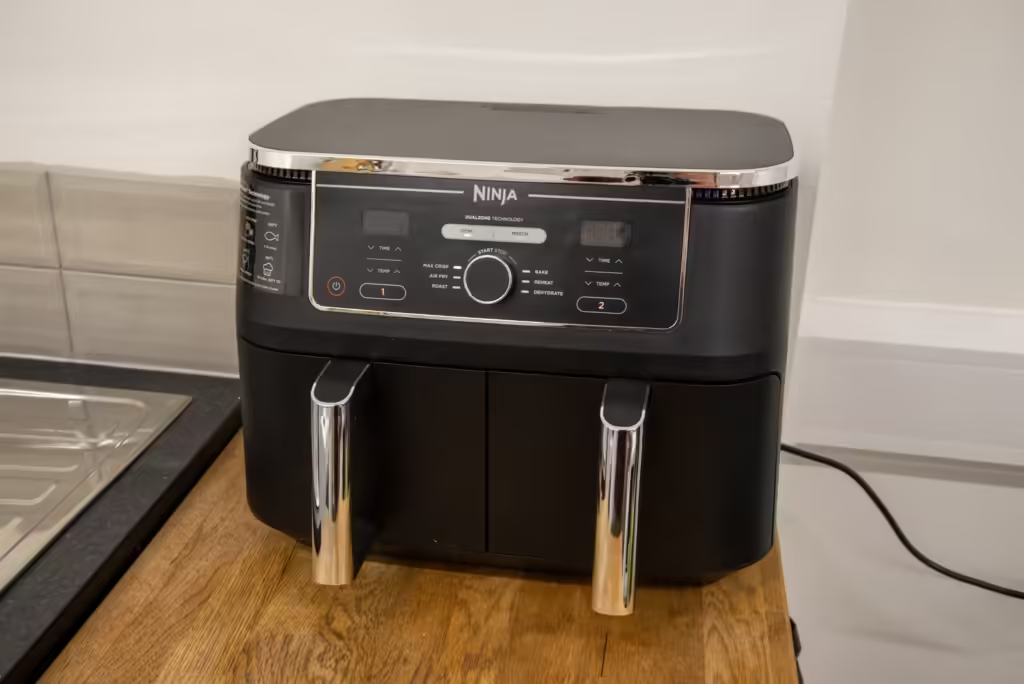
While air fryers skyrocketed in popularity for their promise of crisp food with less oil, many buyers are realizing they are not the miracle machines they once seemed, notes Reader’s Digest. These bulky appliances often dominate counter space, and for people with smaller kitchens, that real estate is precious. Although they work well for some frozen foods, they tend to fall short of replicating true fried textures—especially when it comes to battered items.
Cleanup is another area where expectations fall flat. Greasy residue builds up quickly, and the small baskets can be tricky to wash, especially after cooking sticky or cheesy dishes. In many cases, a traditional oven with convection settings can yield similar results with less mess and more capacity—making the air fryer more of a gimmick than a game-changer for many.
2. Single-Serve Coffee Maker
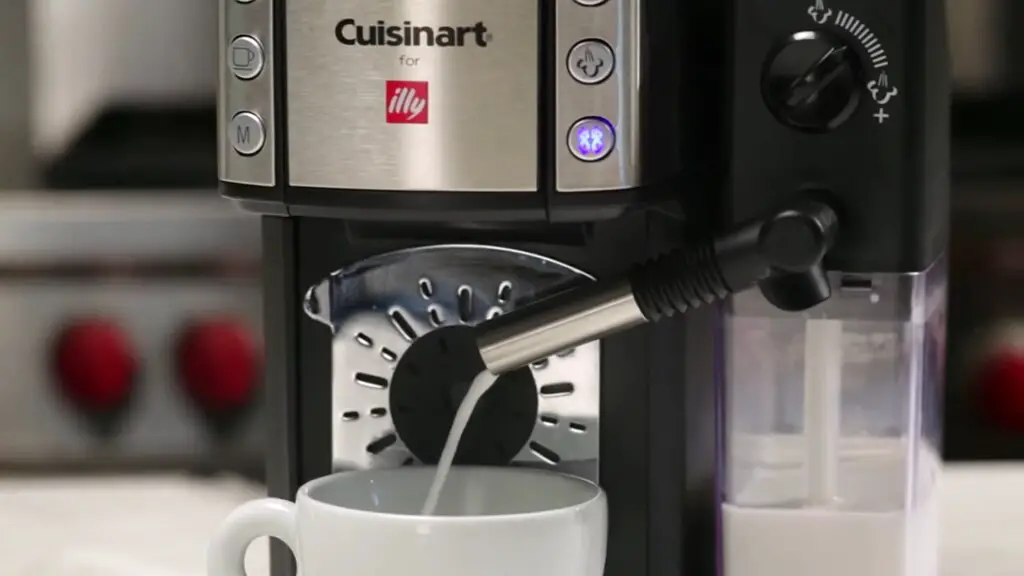
Single-serve coffee machines offer speed and simplicity, but that convenience comes at a steep price. The cost of pods adds up quickly, especially for daily coffee drinkers, according to HiLine. Worse, the flavor of pod-based coffee often lacks the richness and depth of freshly ground beans brewed in a drip or French press system.
Environmental concerns are another major downside. While some pods are recyclable, many end up in landfills, contributing to unnecessary waste. Combine that with reports of these machines breaking down within a few years, and you’re left with an investment that doesn’t always pay off in the long run.
3. Electric Can Opener
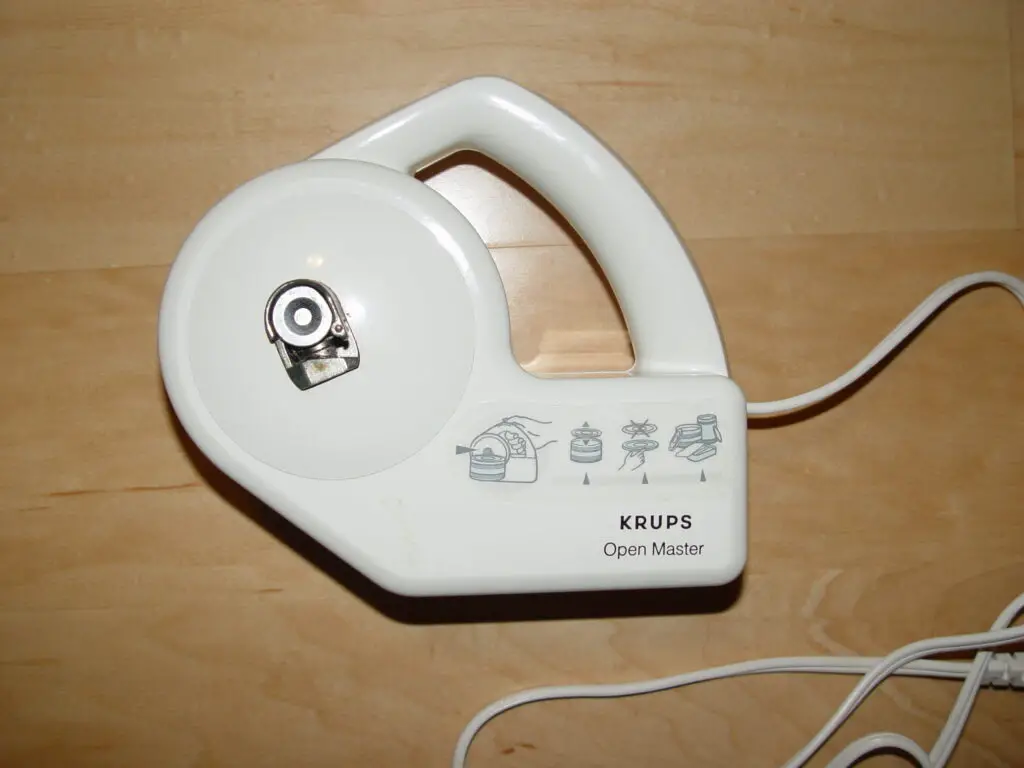
At first glance, an electric can opener seems like a small luxury—but it’s one many quickly regret. These gadgets take up permanent space on your counter or in a cabinet and often fail to open cans of unusual shapes or sizes. When they jam or lose power, they’re more trouble than they’re worth, says VICE.
A simple manual can opener is compact, inexpensive, and more reliable. It’s also easier to clean and doesn’t rely on electricity or batteries. For most home cooks, the electric version ends up as clutter rather than convenience.
4. Banana Slicer

The banana slicer might be the ultimate example of a novelty gadget. It claims to speed up fruit prep but offers little time savings compared to a regular kitchen knife. Plus, it’s shaped for one very specific task, and even that task is often executed poorly if the banana isn’t the perfect size or ripeness.
Because it only serves a single purpose, the slicer ends up wasting drawer space that could go to more versatile tools, notes The Kitchn. Many people admit it was a joke gift or impulse buy they never actually used, making it a prime example of buyer’s remorse.
5. Electric Spiralizer
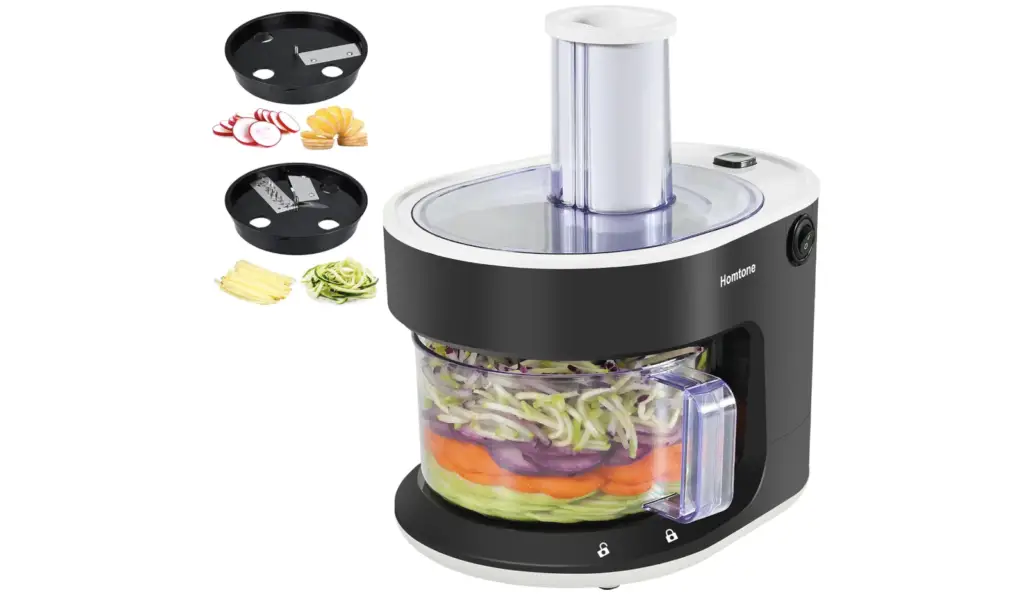
Electric spiralizers promise Pinterest-worthy zucchini noodles but often fall short in real kitchens. Many models can’t handle firmer vegetables like carrots or sweet potatoes without jamming. The motorized design adds bulk and complexity that doesn’t translate to better results.
Cleaning the device is tedious, especially with food scraps getting caught in small crevices. In the end, a manual spiralizer or just a sharp knife does the job faster with less cleanup and a smaller footprint—making this gadget one that rarely earns its keep.
6. Garlic Peeler Roller

The garlic peeler roller looks clever, but it’s often more frustrating than helpful. While it’s supposed to remove peels by simply rolling cloves inside a silicone tube, many users report that it doesn’t work well on garlic of different sizes or dryness levels. Sometimes the peels stick, forcing you to finish the job by hand.
For something meant to make prep easier, it often adds an extra step. Most cooks find it faster and more satisfying to simply crush garlic with a knife or the side of a jar and peel by hand. The roller ends up tucked in a drawer, unused and unmissed.
7. Electric Wine Opener
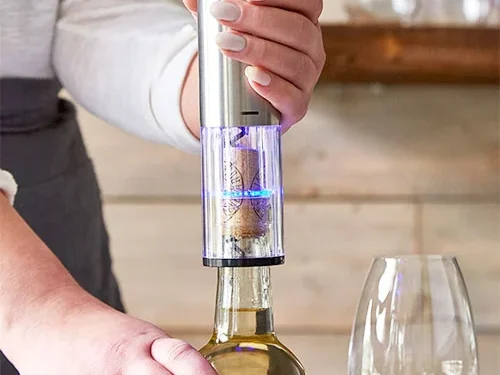
An electric wine opener seems like a sophisticated upgrade, but in practice, it often disappoints. These battery-operated devices can fail when you need them most—like during a dinner party—and take longer to recharge or replace than it would take to pop the cork manually. Their large size also makes them less convenient to store.
Traditional corkscrews are compact, reliable, and work just as well with a little practice. For most wine lovers, the novelty of electric openers wears off quickly, especially when they realize the manual option is just as fast—and never runs out of juice.
8. Avocado Slicer
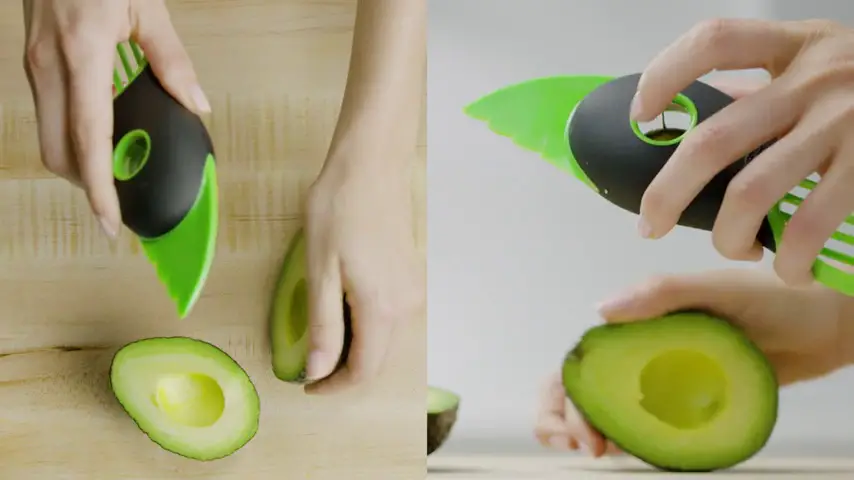
Designed to cut, pit, and slice avocados, this gadget sounds useful until you try it on a less-than-perfect fruit. It often fails to pierce the skin cleanly or slips when removing the pit, especially with overripe or underripe avocados. The slicing blades also tend to be dull, resulting in mushy or uneven cuts.
A sharp knife, on the other hand, can do all three jobs with far more precision. Since the avocado slicer only performs well under ideal conditions, many users realize it’s just not worth the drawer space or the extra cleanup.
9. Potato Masher with Built-In Ricer
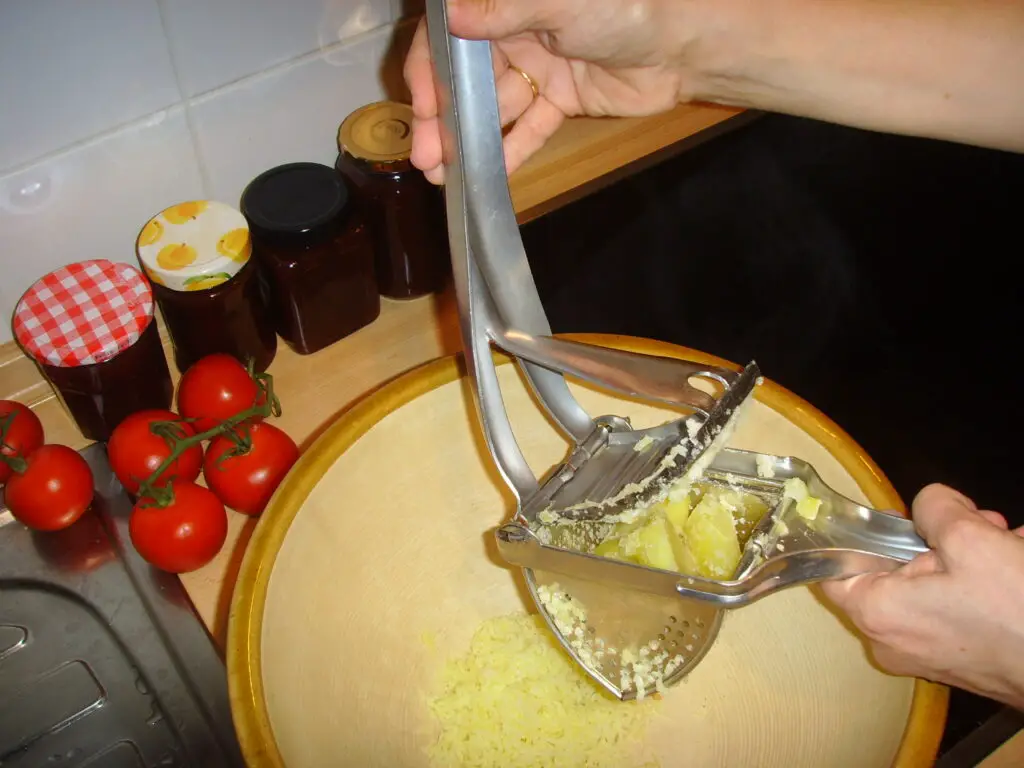
The idea of combining a masher and ricer sounds efficient, but the reality is awkward. These hybrid tools often clog easily, and when food gets stuck in the fine holes, it’s a pain to clean. The added bulk makes them harder to store and trickier to maneuver than either tool on its own.
Most home cooks find that a standard potato masher or a separate ricer delivers better results with less effort. Instead of improving workflow, this gadget adds frustration, especially during big meals when you just want things to go smoothly.
10. Egg Separator
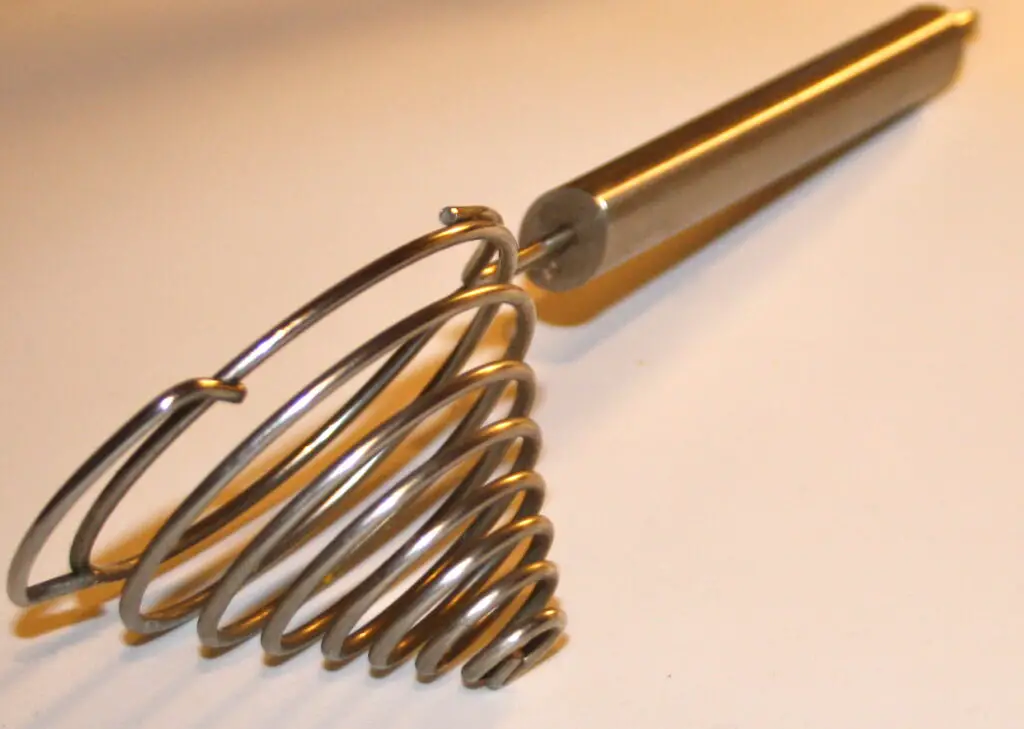
Egg separators may seem helpful for baking or cooking, but they rarely work as neatly as promised. Yolk can break or leak into the whites, and washing the tool afterward adds a step that wouldn’t exist if you used the shell or your hands.
The truth is, separating eggs by hand is easy to learn and just as quick. For experienced cooks and casual bakers alike, the separator becomes an unnecessary item that clutters drawers and offers no real advantage.
11. Juicer
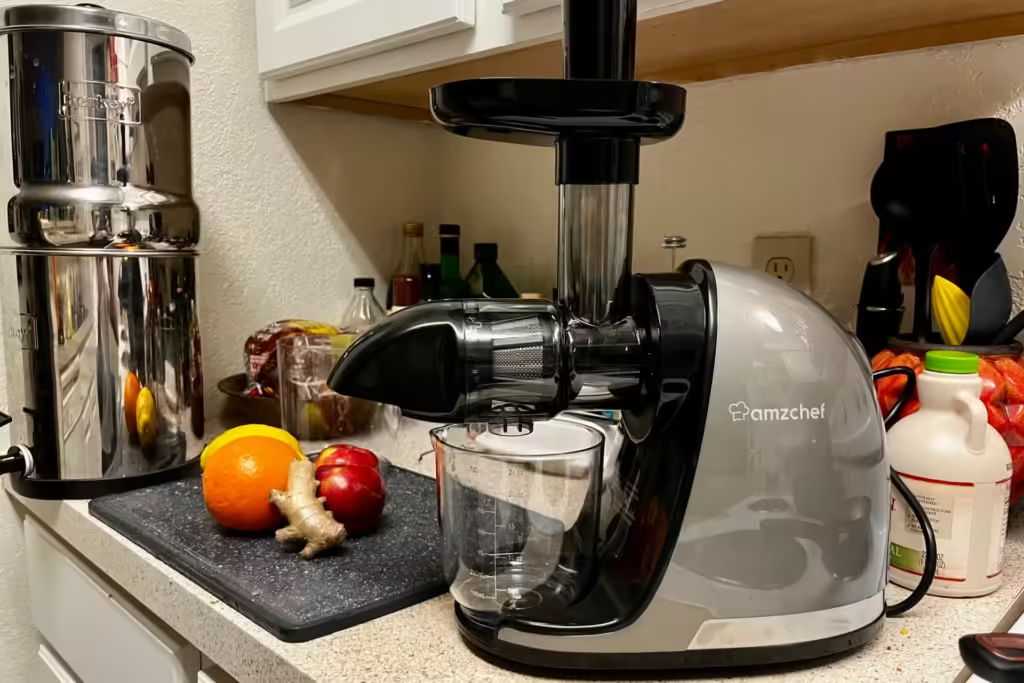
Juicers sell the idea of a healthy lifestyle, but many people end up regretting the purchase. The machines are large, often noisy, and yield surprisingly little juice considering how much produce they consume. That inefficiency drives up grocery costs quickly.
Even worse, cleanup is tedious and time-consuming. Pulp gets stuck in hard-to-reach places, and most models come with multiple pieces to wash. For many, the dream of daily fresh juice fades fast, replaced by a dusty gadget and a renewed appreciation for store-bought blends.
12. Onion Chopper

An onion chopper is marketed as a way to avoid tears and speed up slicing, but the reality is often messier. Tougher onions can jam the blades, and the chopped pieces are frequently uneven. Instead of streamlining prep, it adds complications.
Disassembly and cleaning take time, especially with food stuck in the tight grates. A good chef’s knife offers more control and can do the job faster once you get the hang of it. The chopper quickly becomes one of those tools you regret buying and rarely reach for again.
13. Bread Maker
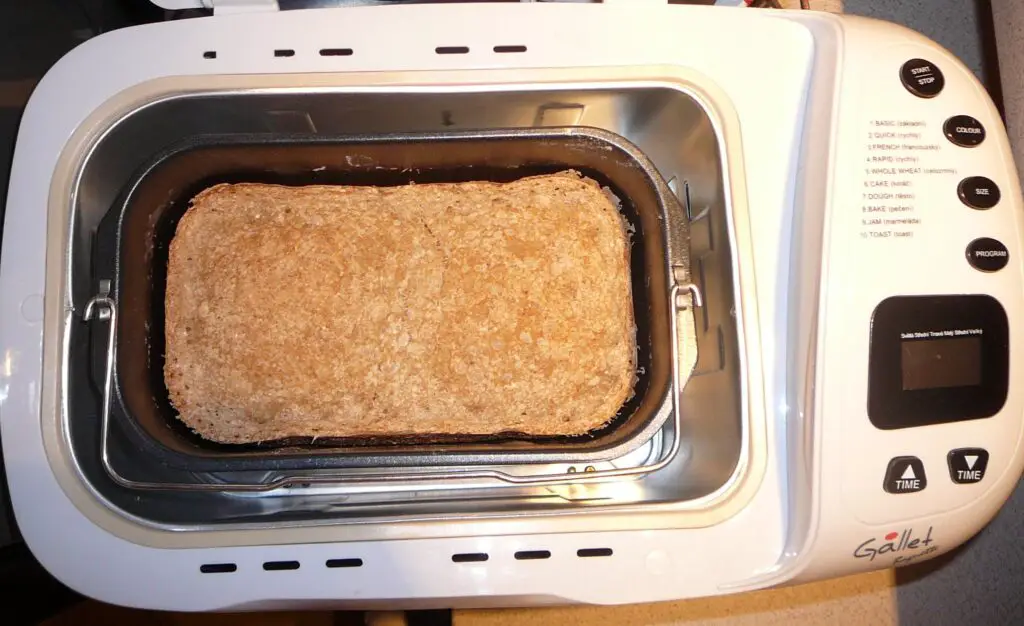
The appeal of fresh, homemade bread is hard to resist—but for many, the romance fades quickly. Bread machines are bulky and often end up stored in pantries or garages after just a few uses. The long preparation and bake time makes the process less spontaneous than anticipated.
Store-bought bread is inexpensive, consistent, and more practical for most households. Unless you’re truly committed to baking regularly, the bread maker becomes one of those big-ticket kitchen items that quietly gathers dust.
